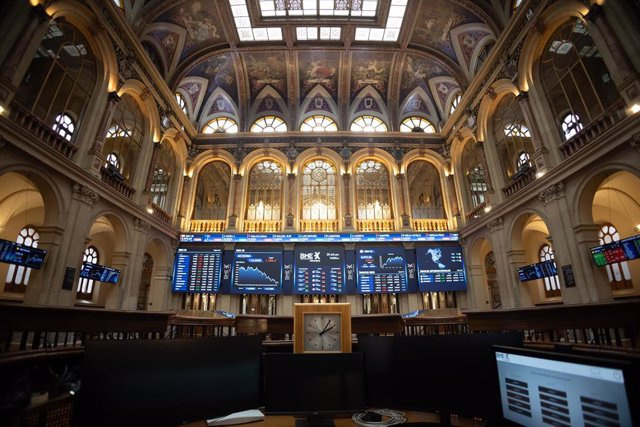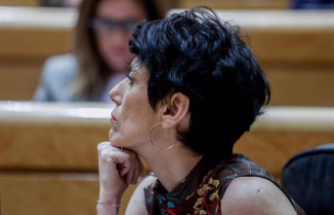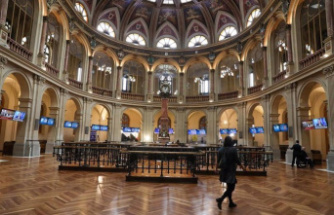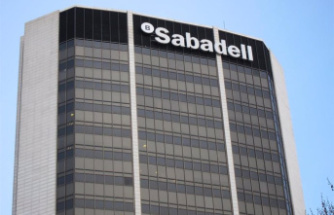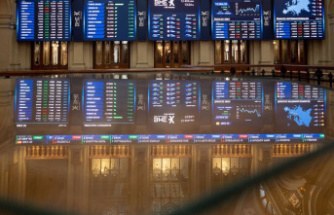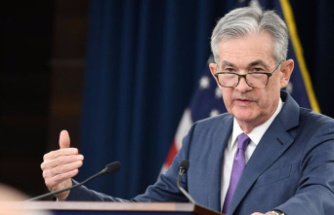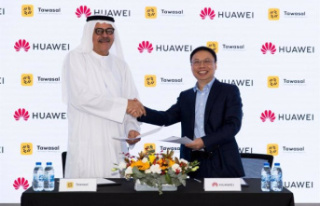Rovi (67%), Inditex (58.6%), ACS (50%), BBVA (46%) and Santander (34.8%) lead the revaluations of the selective in 2023
MADRID, 29 Dic. (EUROPA PRESS) -
The Ibex 35, the main indicator of the Spanish market, has concluded 2023 at 10,102.1 points, levels that it had not previously seen since May 2018, thanks to a revaluation of 22.76% - driven largely by Inditex and the entities banking-, which means signing the best stock market year since 2009, when the index rose almost 30%.
The Ibex, which left behind a 2022 with a fall of more than 5% due to the war in Ukraine and the aggressive increases in interest rates by central banks to tackle high inflation, began the year with an upward trend that took it above 9,000 integers but which, however, was suddenly interrupted by the international banking crisis in the middle of last March.
The bankruptcy of several regional entities in the United States, together with the absorption in Switzerland of Credit Suisse by UBS, resulted in strong volatility that took the selective to the level of 8,500 points.
All in all, the actions of the Federal Reserve (Fed) and the European Central Bank (ECB) managed to allay fears of a financial earthquake and, in just two weeks, the markets regained confidence to focus again on monetary policy, data activity and business results.
In that sense, the Spanish market fluctuated between 9,000 and 9,600 points until September, supported by better-than-expected macroeconomic data and company accounts (the Spanish economy, for example, will grow this year by around 2% when forecasts initials pointed to half).
With the arrival of October, the stock markets faltered due to the outbreak of the war between Israel and the Palestinian militias, but it remained a mirage and, at the end of that month, the Ibex began a bullish "rally" - in which has reaped more than half of the advance of the entire annual calculation - due to the expectation that interest rates will fall quickly and intensely in 2024.
In fact, at the end of November, the Ibex signed its best monthly result (11.54%) in three years, reaching the symbolic level of 10,000 points, a level unprecedented since February 2020, just before the Covid-19 pandemic. 19 spread throughout Europe.
On the central bank side, the market projects that both the Fed and the ECB - whose interest rates are, respectively, at 5.25-5.5% and 4.5% - will start in the first half of the year an intense path of interest rate cuts; However, the messages from central banks have gone in the direction of cooling those expectations.
The Ibex closed on December 6 at its annual maximum, at 10,258.1 integers, thus breaking another barrier by reaching maximums not seen since May 2018 and which it has managed to hold on to at the end of the year. All in all, for the index this has been a month of transition and consolidation of the ground gained, in which it has advanced 0.44%, while in the last week of the year - at half pace, since the Stock Market did not even open the Monday the 25th nor Tuesday the 26th - has added a slight 0.01%.
For the Spanish Institute of Analysts, this euphoria in the markets has been produced by the idea that the central banks have ended the period of monetary restriction, by inflation in clear decline from its maximums and by the effect that the economy has resisted better than expected. Furthermore, market expectations predict a slowdown for 2024 that, in any case, would not be abrupt and would result in a soft landing for the economy.
Linked to this, this same day it was known that Spanish inflation stood at 3.1% in December in an interannual rate, while the underlying inflation fell to 3.8%. For its part, the CPI for the eurozone in November stood at 2.4% and the core at 3.6%, while the indicator for the US in the same month stood at 3.1% and with the underlying at 4%.
Laboratorios Rovi has been crowned as the most bullish Ibex firm in 2023, after accumulating a revaluation of almost 67% since, according to Javier Cabrera of XTB, investors understand that the agreement with Moderna will allow the Spanish company to benefit from the strategies and know-how of one of the world's largest pharmaceutical companies, which "would allow Rovi to increase its income to record levels."
Inditex, the value with the greatest weight in the selective with nearly 123,000 million euros of capitalization, has posted the second largest increase (58.67%) thanks to record results and, according to Cabrera, to the new strategies implemented (optimization of stores, technologies, etc.) under the leadership of Marta Ortega and Óscar García Maceiras.
The construction company ACS has been in third position with an advance of 50%, while Gescooperativo has indicated that the market is waiting for the resolution of the Supreme Court in relation to the lawsuit filed by the company (compensation of up to 4,300 million euros ) for the end of tolls on the AP-7 highway, "one of the most relevant contentious-administrative lawsuits in Spain." In addition, the firm has commented on the positive evolution at the operational level.
On the other hand, heavyweight entities in the index such as BBVA (46%) and Banco Santander (34.86%) have also been among the best values, supported by more than notable results.
On the opposite side, Acciona and Acciona Energía have had the worst performance in the year with decreases, respectively, of 22.45% and 22.3%, after a "complicated year" for renewables, according to XTB, and for the market skepticism that they can achieve their 2025 strategic plan.
For its part, Unicaja (-13.68%) has been affected by much worse figures than the rest of its sector, according to XTB, and by recent governance problems, according to Gescooperativo; while Repsol (-9.43%) has reported lower refining margins, as well as a lower price of crude oil in raw materials markets.
The rest of the Western stock markets have also ended the year with double-digit gains: Milan has added 28.03%; Frankfurt 20.31% and Paris 16.52%, while London settled for 3.78%.
On the other side of the Atlantic, Wall Street indices will also make significant gains, with the technological Nasdaq adding more than 40% and the S
In the raw materials markets, despite a year marked by geopolitical crises and OPEC supply cuts, the barrel of Brent crude oil, the benchmark in Europe, has fallen by nearly 10%, to $77 per barrel. while the Texas WTI has followed the same path and was trading at $72.
In line with monetary policy, the euro concludes the year with an appreciation of 3% against the dollar, to approximately 1.07 'greenbacks', thanks to a consistent upward trend since the beginning of October after being exchanged throughout the year between 1.04 and 1.12 dollars.
The interest rate on long-term Spanish bonds closed the year at 2.97%, half a percentage point less than at the beginning of the year and, above all, far from the 4% it reached in October. The risk premium (the spread with the German bond) has stood at 95 points.
In other markets, the troy ounce of gold has appreciated more than 13% in the year, to 2,060 dollars, and reached historical highs in early December (above 2,100 dollars) due to geopolitical risks and massive purchases of the central banks.
Bitcoin, the best-known and most valuable cryptocurrency, leaves behind its 'black' 2022 after more than doubling its value this year (160%) and trading at $42,500.

